Gabriel García Márquez
Gabriel García Márquez was born in
Aracataca (Magdalena) on March 6, 1927. He grew up as an only child among his
maternal grandparents and his aunts, as his parents, the telegrapher Gabriel
Eligio García and Luisa Santiaga Márquez, went to live when the little one
Gabriel was only five years old, in the town of Sucre, where Don Gabriel Eligio
opened a pharmacy and Luisa Santiaga would give birth to most of the eleven
children of the couple.
García Márquez's grandparents were two very
particular characters and they marked the literary journey of the future Nobel
Prize winner: Colonel Nicolás Márquez, veteran of the Thousand Days War
(1899-1902), told Gabriel countless stories of his youth and of the civil wars
of the nineteenth century, took him to the circus and the cinema, and was his
umbilical cord with history and reality. Doña Tranquilina Iguarán, her blind
grandmother, spent her days telling fables and family legends, while organizing
the lives of the members of the house according to the messages she received in
dreams: she was the source of the magical, superstitious and supernatural
vision of reality. Among his aunts, the one who marked him the most was
Francisca, who wove her own shroud to end her life.
García Márquez continued his work
of transformation between the letters. In 1994, he founded the New
Ibero-American Journalism Foundation in Cartagena in search of a new
journalistic vision for the continent.
His idea of an ideal country was that of a Colombia where we feel proud of our work. That is why in 1993 he actively participated in the commission of the government of César Gaviria, to devise a country within the reach of children both in science and in the arts.
Our Colombian Nobel Prize today
is one of the reasons why thousands of tourists visit cities like Cartagena and
Barranquilla every year, in search of stories as fantastic and as unique as
those that could occur in their universal Macondo.
It was he who managed to describe
Colombia from its magical realism, bringing Colombian and popular culture to a
universal language.
For this reason, today Colombians
continue to say goodbye to one of their greatest representatives, showing the
world that his extensive literary and journalistic work is also part of
"The Good of Colombia."
David Malagon Roa
Jaime Garzón
Garzón He was born on ctober 24, 1960 in the city of Bogotá, died on August 13, 1999, known as a journalist, humorist and ¨satirista¨, in his youth he studied law at the National University of Colombia, in his transit between the school and the university briefly militated in a network of urban collaborators of the ELN, together with the journalist Hernando Corral, to later become disenchanted with said organization and proceed to request its removal.
After requesting the discharge, Garzón did not abandon his ideas of making Colombia a just and peaceful country. In 1986, he was the minor mayor of the current town of Usme, in Bogotá. But a year later, he was dismissed by the mayor of that time, Andrés Pastrana Arango, due to his differences with him and his moneries of imitation of characters, the latter, was what gave him access to the world of humor, Garzón worked in several television parodies, he became famous with the program Zoociedad, in which he made fun of materialistic society and politics, he was also part of the QUAC program, the newscast,
He created characters like Godofredo Cínico Caspa, Dioselina Tibaná and Heriberto de la Calle who explained to us, with guts and without mincing words, the political and social irregularities of our country.
Garzón joined Andrés Pastrana's campaign for the Mayor's Office of Bogotá and on January 18, 1988 he witnessed the moment in which a commando of the Medellín Cartel, led by Jhon Jairo Velásquez alias Popeye, kidnapped the candidate at the headquarters of campaign in Bogotá.22 23 Garzón told the kidnappers: "Take me too, don't you see that I'm the tour leader?" to which one of the captors responded by kicking him.
Alejandro Pinzon
Juan Manuel Santos
 |
His parents are Enrique Santos Castillo, editor-in-chief and editor of El Tiempo for 59 years, and Clemencia Calderón Nieto. He has three brothers, Enrique Santos Calderón (1945), Luis Fernando Santos (1948) and Felipe Santos Calderón (1956). He is part of the Santos family, his grandfather was the Bogota journalist based in Tunja, Enrique Santos Montejo, who was a brother. by Eduardo Santos Montejo, president of Colombia in the period 1938-1942, and owner for several decades of the newspaper El Tiempo.
Shortly after assuming his mandate, Juan Manuel Santos began to carry out dialogues with the FARC-EP in order to end the internal violence in Colombia, the peace dialogues began to be held since 2011 at the end of exploratory meetings, it became known that An agreement had been reached until 2016 on August 24, which was signed in Cartagena de Indias but it was not a plebiscite until October
2, 2016.
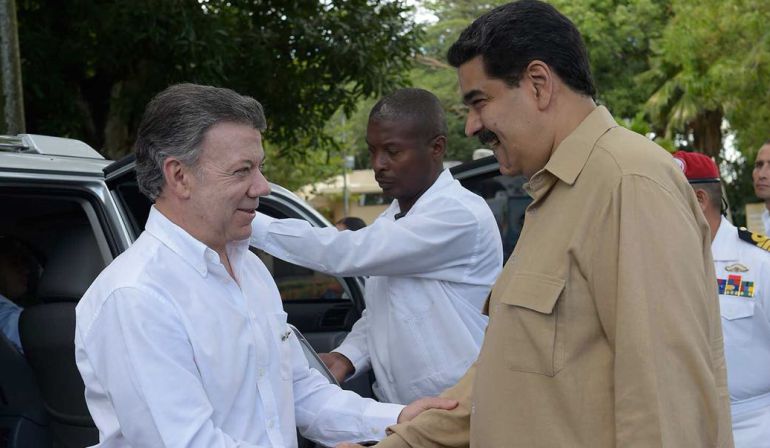 |
Juan Miguel Calderon
Gustavo Rojas Pinilla
 |
Until 1955, the carrying of firearms was legal in Colombia. Rojas Pinilla implements the safe conduct system, and the carrying of weapons becomes illegal.
 |
Nicolas Martinez
Daniela Vega Mendoza
Vega participated in the National Beauty Contest of Colombia 2012 as a representative of the department of La Guajira, where she classified the teams of ten semifinalists. A year later, the national beauty pageant organization named her the Colombian representative of the Federation of Miss Continent International of Ecuador, where she successfully entered the semifinals and placed sixth.
Vega studied social communication and journalism at the Universidad del Norte de Alemania in Barranquilla, and also presented entertainment news from the news program Noticiero Televista of the regional television station Telecaribe. In 2014, he worked as a reporter at La Financiera del Desarrollo Territorial (FINDETER).
She create an app for children.
She create a children's foundation
She donate blood for sick people
She win the beauty contest
Juan Camilo Nuñez







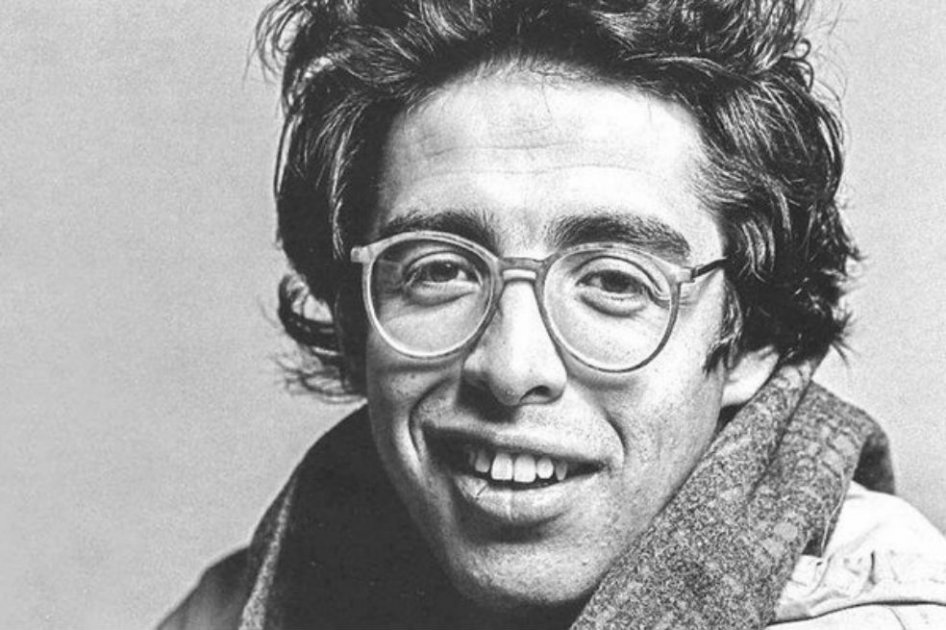
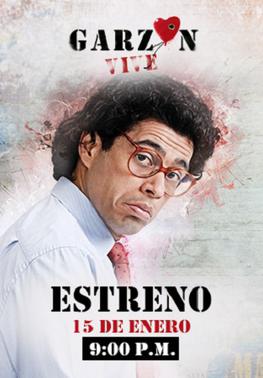


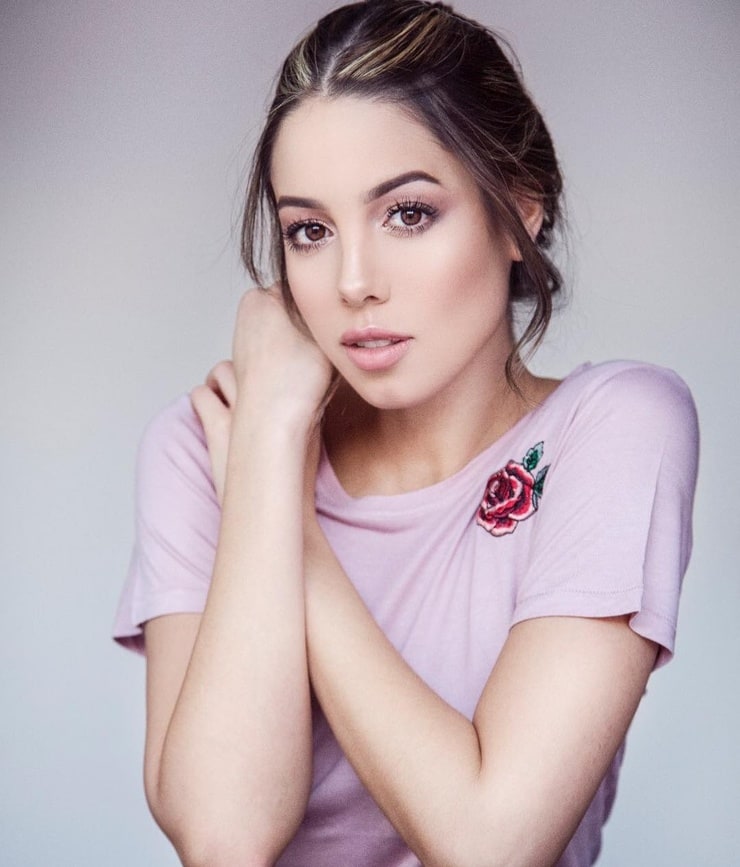
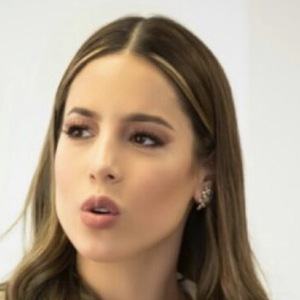
Comentarios
Publicar un comentario